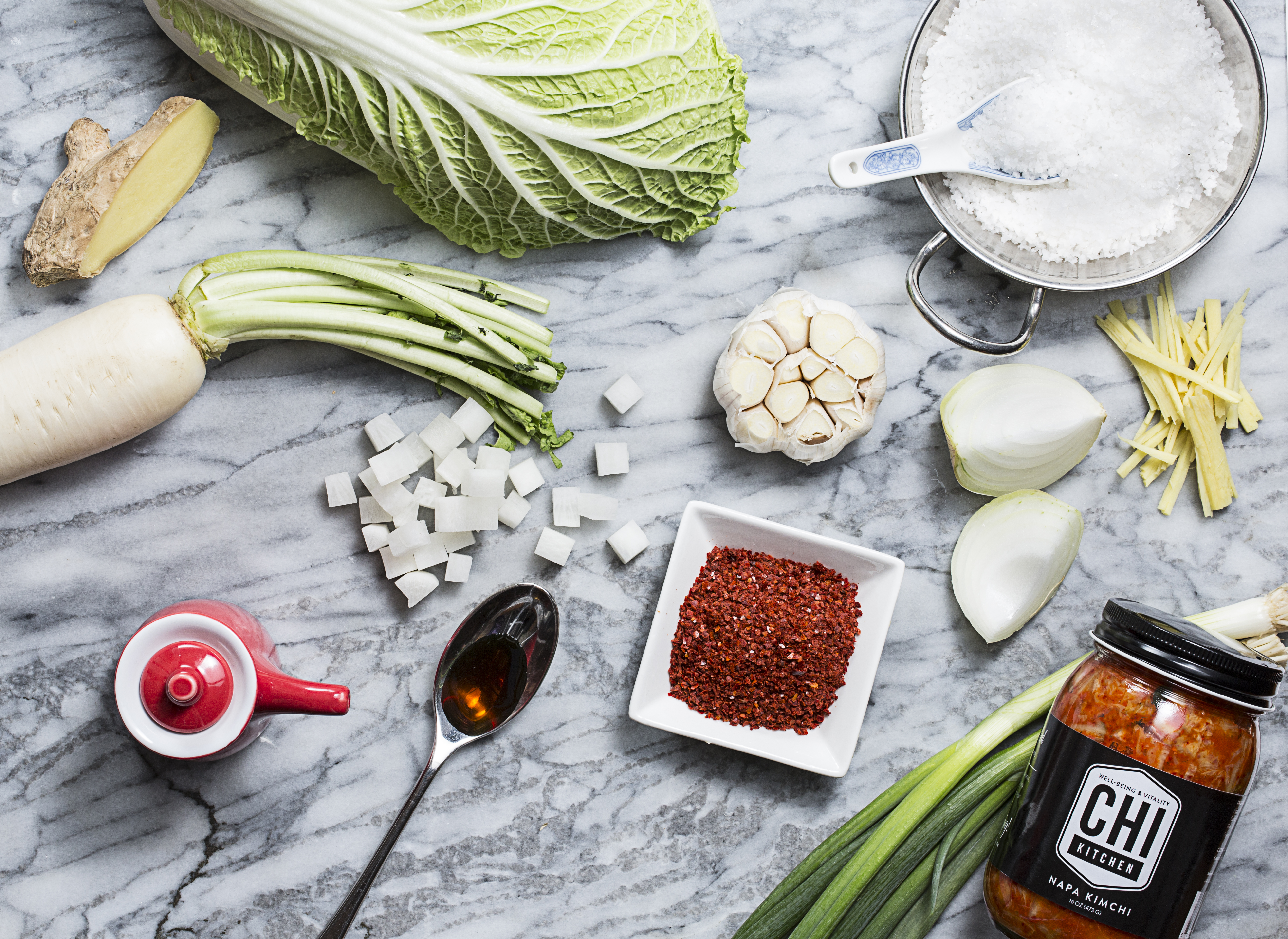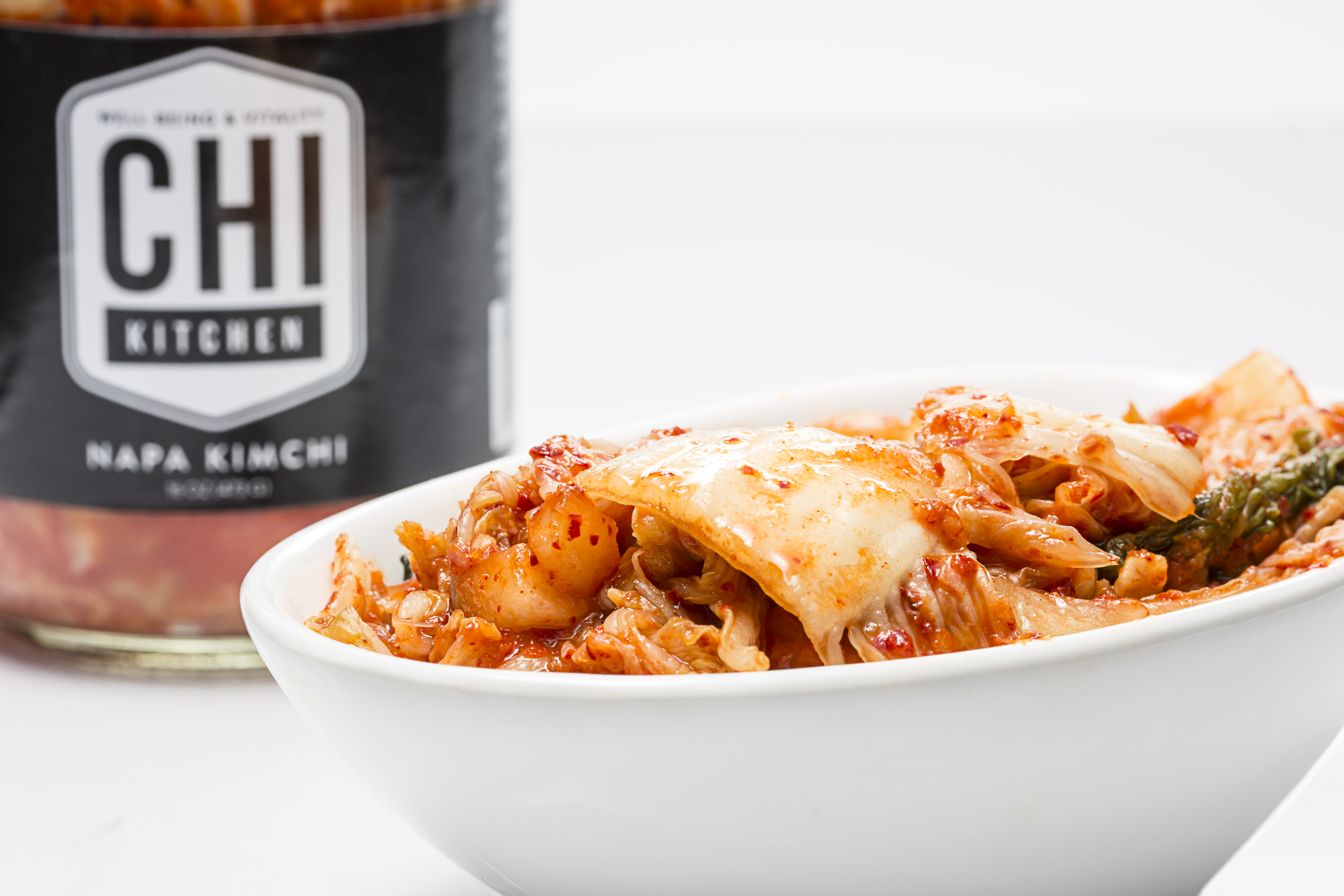There’s mass-produced kimchi, and then there’s stuff that will blow your mind. The kimchi from Chi Kitchen, in Rhode Island, is the latter variety. We asked chef/owner Minnie Luong her secret. Here’s what she had to say.

SFB: What made you decide to go into kimchi making?
ML: I grew up in a food-centric Asian family. When I was growing up there weren’t a lot of Asian ingredients readily available in grocery stores, so we grew and preserved our own foods, which made an indelible impression on me as a kid. It’s easy to go down a rabbit hole when it comes to kimchi and fermentation- the first time I made it in my apartment in Cambridge, as a culinary experiment, it was a complete disaster. Yet six years later, I was living in Los Angeles and became completely enamored with Korean food, so I decided to try kimchi making again and became totally hooked on fermentation and kimchi. We wanted to create a healthy, Asian food brand with high quality ingredients without MSG, GMOs, and preservatives, so we decided to focus creating small batch, hand-crafted Korean style kimchi packed with umami and probiotics.
SFB: Your kimchi is different than the stuff that’s commercially available. What experience/person inspired you to do things this way? Is it harder to do things your way? Why do you do it anyway?
ML: We refuse to take any shortcuts with our kimchi making process. Making kimchi in the way that we do is extremely labor intensive. We chop our Napa cabbage, and make our paste and mix everything by hand. I don’t go to the gym, but I have some serious kimchi muscles now.
“We named our company “Chi Kitchen” for a reason. Chi means energy and life force–and the way we hand-craft our kimchi truly reflects the spiritual and physical energy we put into what we do.”
SFB: Anything you wish chefs (and servers, and consumers) realized about your product that they might not know?
SFB: What do you wish people realized about the commercial/commodity/mass- or factory-produced version of your product that they probably don’t?
ML: We found that there were a lot of kimchis on the market that had MSG and preservatives, and we didn’t get that–it’s already preserved through the fermentation process. We found a lot of health food kimchis were made with green cabbage as opposed to Napa cabbage, and lacked the spice, punch and umami that gives kimchi such a desirable, unique flavor profile. So we decided to create a kimchi for foodies and kimchi lovers to enjoy.
SFB: What are your hopes for the future of your field?
ML: Since 2010 kimchi has a 30% increase on restaurant menus year over year. We hope that fermented, probiotic kimchi will become a staple ingredient that people enjoy for breakfast, lunch, and dinner.
SFB: What is the most satisfying part of what you do?
ML: Kimchi is a delightful food with a lot of storytelling behind it. People are always sharing stories with us about their neighbor or relative who used to make kimchi and bury it in the backyard.
“It’s hard work, but it’s incredibly satisfying to feel like I actually created something with my hands at the end of the day.” -ML
